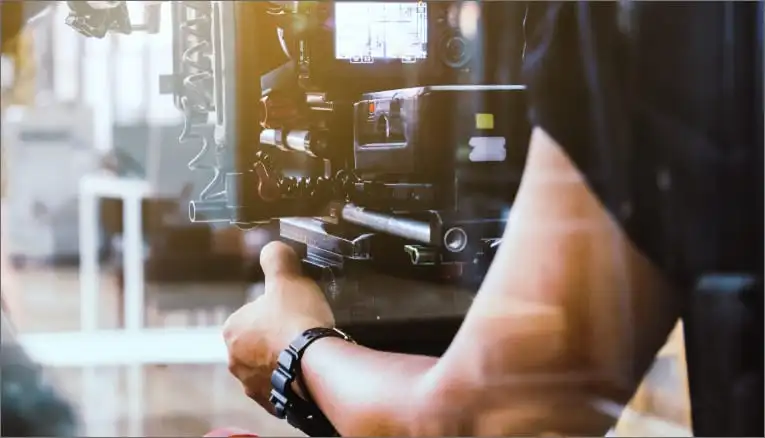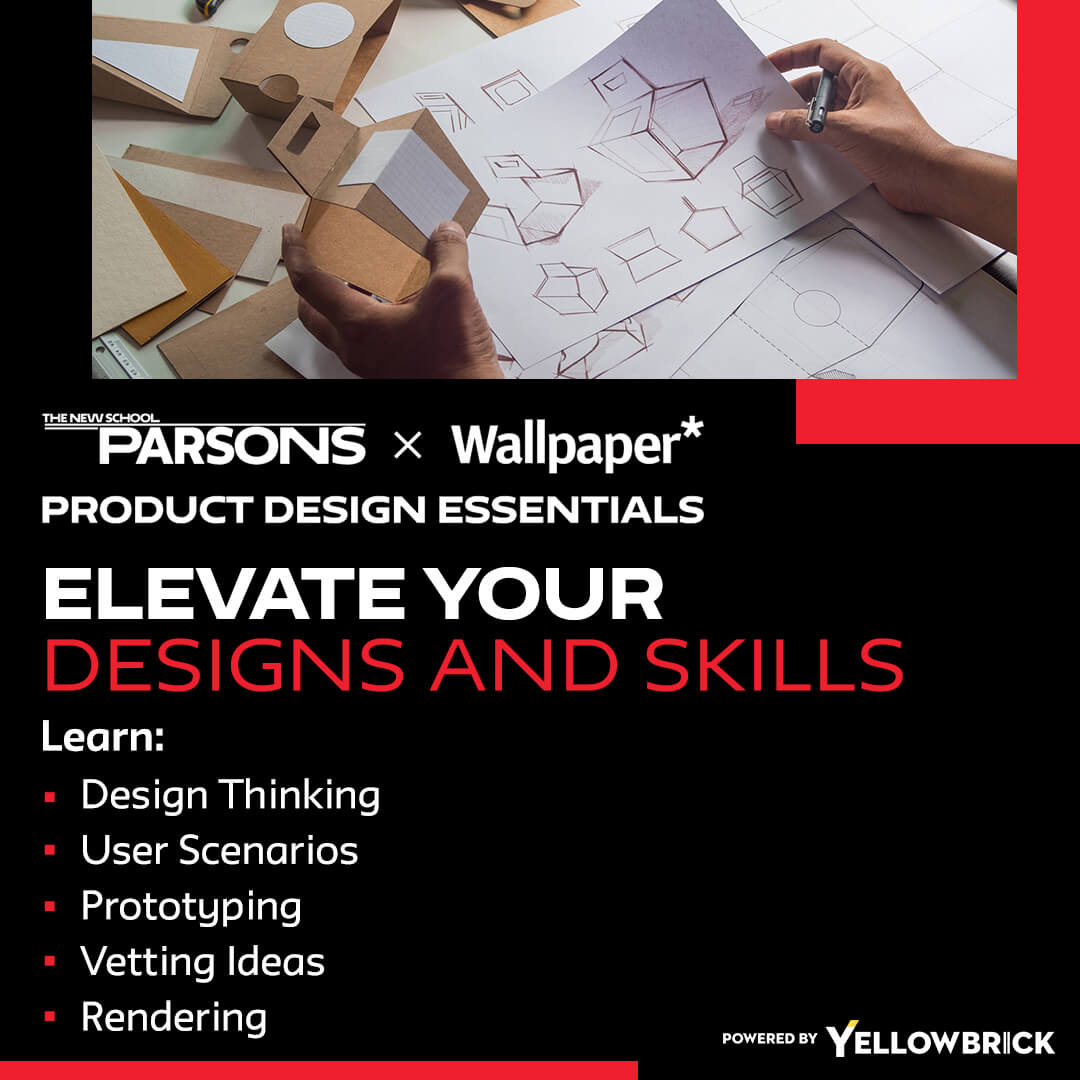Prototyping is a vital step in the product design process that allows ideas to move from concept to tangible form. For aspiring designers, learning how to prototype is essential to building successful, user-centered products. This guide covers why prototyping matters, the different types, key tools, best practices, and career opportunities where prototyping skills are in demand.
The Importance of Learning Prototyping
Prototyping gives designers the ability to test ideas early and often. By building models of their concepts, designers can uncover flaws, validate functionality, and refine the user experience before full development. Mastering prototyping means you can quickly iterate based on feedback, saving time and resources while improving outcomes.
Types of Prototyping
Different design needs call for different types of prototypes. Here’s a breakdown of the most common forms, each serving a unique purpose in the design process:
- Low-Fidelity Prototypes: Basic sketches or wireframes used to outline structure and layout quickly
- High-Fidelity Prototypes: Interactive and detailed, often closely resembling the final product for realistic testing
- Functional Prototypes: Built to test the actual functionality and interactivity of key features
- Visual Prototypes: Showcase the design’s visual elements like typography, color schemes, and branding
Tools for Prototyping
Using the right tools makes prototyping more efficient and collaborative. These popular tools help designers translate ideas into testable models:
- Figma: Enables collaborative design and prototyping with real-time team feedback
- Sketch: Known for its clean interface and ability to create interactive mockups
- Adobe XD: Integrates well with other Adobe tools and supports both design and prototyping
- InVision: A robust platform for building interactive prototypes and gathering stakeholder feedback
Best Practices for Prototyping
Following best practices helps you get the most out of the prototyping phase. These guidelines can improve both process and results:
- Start Simple: Begin with low-fidelity prototypes to explore and validate basic ideas
- Iterate and Refine: Use user testing insights to improve the design continuously
- Test Early and Often: Frequent testing helps you identify usability issues sooner
- Collaborate with Stakeholders: Involve clients, developers, and users to align design with real-world expectations
Career Opportunities in Prototyping
Prototyping is a core skill across many design roles, opening up diverse career paths in both digital and physical product spaces. Here are roles where prototyping plays a central role:
- UX Designer: Designs and tests user flows and functionality to create smooth digital experiences
- UI Designer: Crafts visually engaging interfaces through interactive prototypes
- Product Designer: Builds and iterates on prototypes to refine both form and function of product concepts
- Interaction Designer: Focuses on dynamic behaviors like animations, transitions, and interactions
- Prototyping Specialist: Dedicated to building detailed models for product teams to evaluate design feasibility
Conclusion
Learning prototyping is a foundational skill for any aspiring product designer. It brings ideas to life, uncovers usability issues early, and supports collaboration with users and stakeholders. By understanding different types of prototypes, using modern tools, and applying best practices, you’ll be better equipped to create designs that succeed in the real world. Whether you’re sketching on paper or building high-fidelity interactive models, prototyping helps transform your ideas into impactful solutions.
Key Takeaways:
- Understanding the importance of prototyping in product design is essential for creating successful products that meet user needs.
- Different types of prototyping, such as low-fidelity, high-fidelity, functional, and visual prototypes, cater to various design requirements.
- Utilizing prototyping tools like Figma, Sketch, Adobe XD, and InVision can streamline the design process and enhance collaboration.
- Following best practices like starting simple, iterating and refining designs, testing early and often, and collaborating with stakeholders can lead to successful prototyping outcomes.
- Exploring career opportunities in prototyping, including roles like UX/UI designer, product designer, interaction designer, and prototyping specialist, offers exciting prospects for design professionals.
Consider enhancing your prototyping skills and advancing your career by enrolling in the Parsons Product Design Essentials online course and certificate program offered by Yellowbrick.








